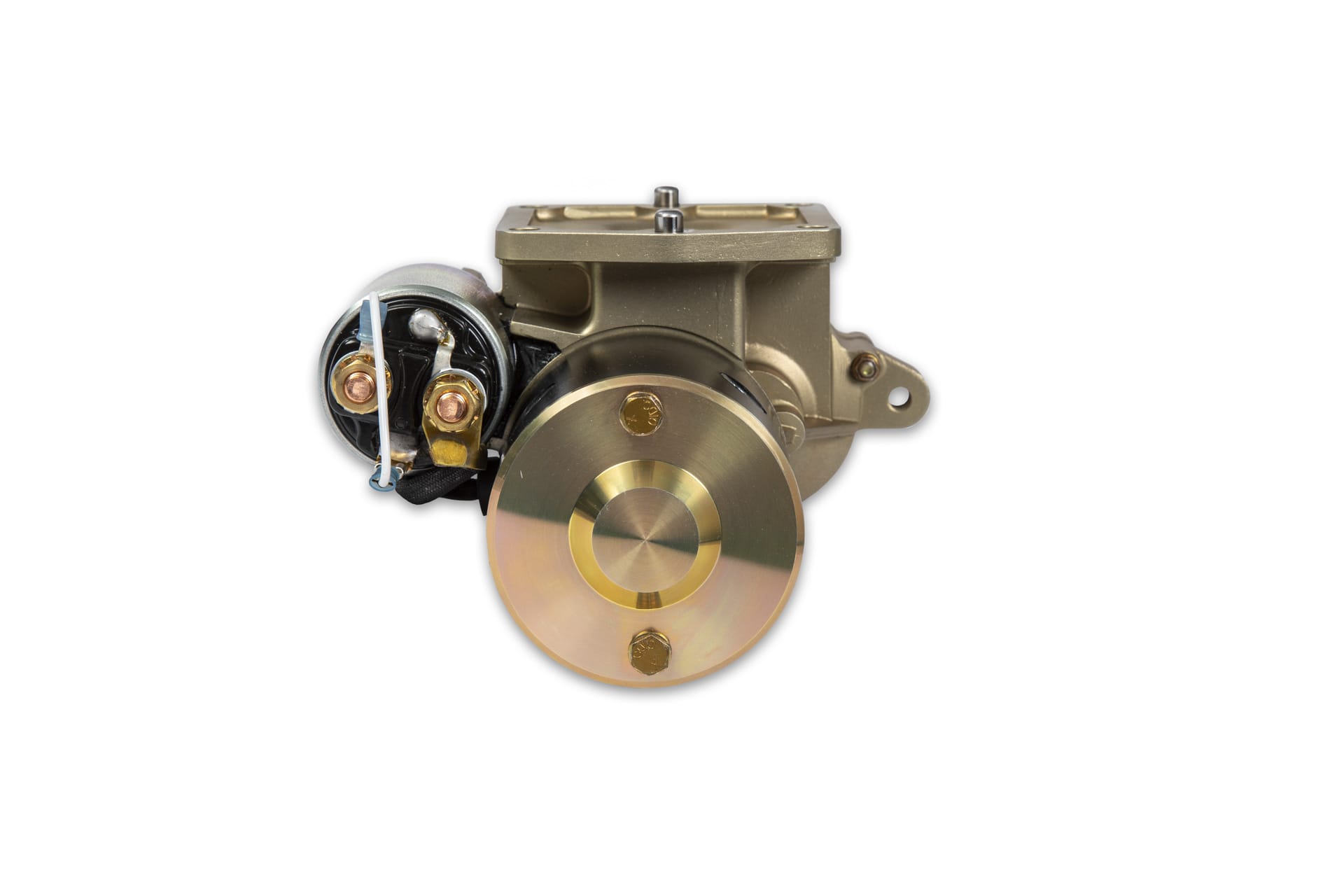kyleb
Final Approach
- Joined
- Jun 13, 2008
- Messages
- 7,557
- Location
- Marietta, GA
- Display Name
Display name:
Drake the Outlaw
Riddle me this.
I have a B&C starter on the RV-10's IO-540. It performed well for the first year the airplane has been flying. But...
The last two times I landed for fuel (of course at somewhere other than the home field), it has refused to cooperate. Turn the key and I can hear the relay click, but the starter doesn't make any noise, it doesn't engage, and it doesn't turn the prop.
The first time this happened, I assumed it was a bad starter solenoid, so I replaced it. It took about two hours to find a new relay at the auto parts store and replace it on the ramp. The engine started right up, so I assumed I'd fixed the problem. The second time it happened (a day later), I just waited two hours for things to cool and the engine spun right up. All of the wiring and connections appear to be in good shape.
My next move (the airplane is currently uncowled for its condition inspection) will be to run the engine to get things warm, then shut down and try the (warm) starter again while monitoring voltage on the input side of the starter.
Any other suggestions?
I have a B&C starter on the RV-10's IO-540. It performed well for the first year the airplane has been flying. But...
The last two times I landed for fuel (of course at somewhere other than the home field), it has refused to cooperate. Turn the key and I can hear the relay click, but the starter doesn't make any noise, it doesn't engage, and it doesn't turn the prop.
The first time this happened, I assumed it was a bad starter solenoid, so I replaced it. It took about two hours to find a new relay at the auto parts store and replace it on the ramp. The engine started right up, so I assumed I'd fixed the problem. The second time it happened (a day later), I just waited two hours for things to cool and the engine spun right up. All of the wiring and connections appear to be in good shape.
My next move (the airplane is currently uncowled for its condition inspection) will be to run the engine to get things warm, then shut down and try the (warm) starter again while monitoring voltage on the input side of the starter.
Any other suggestions?


